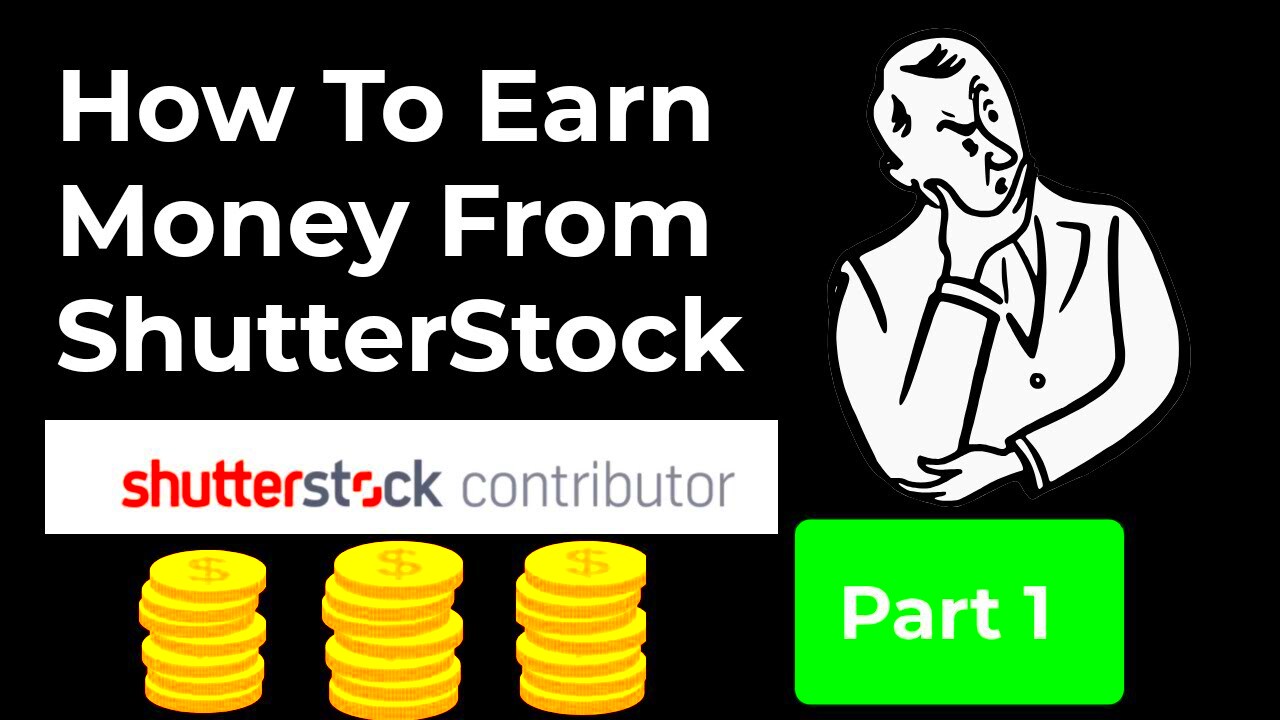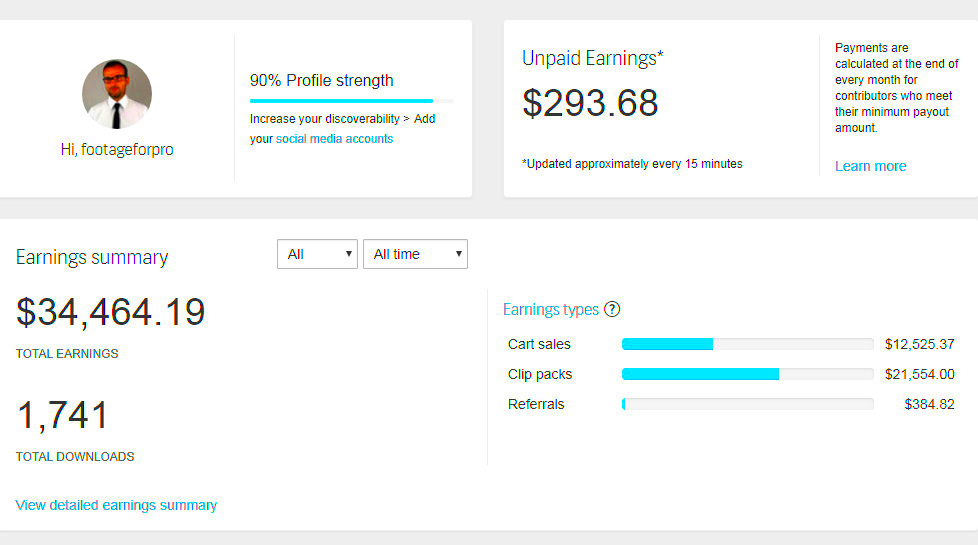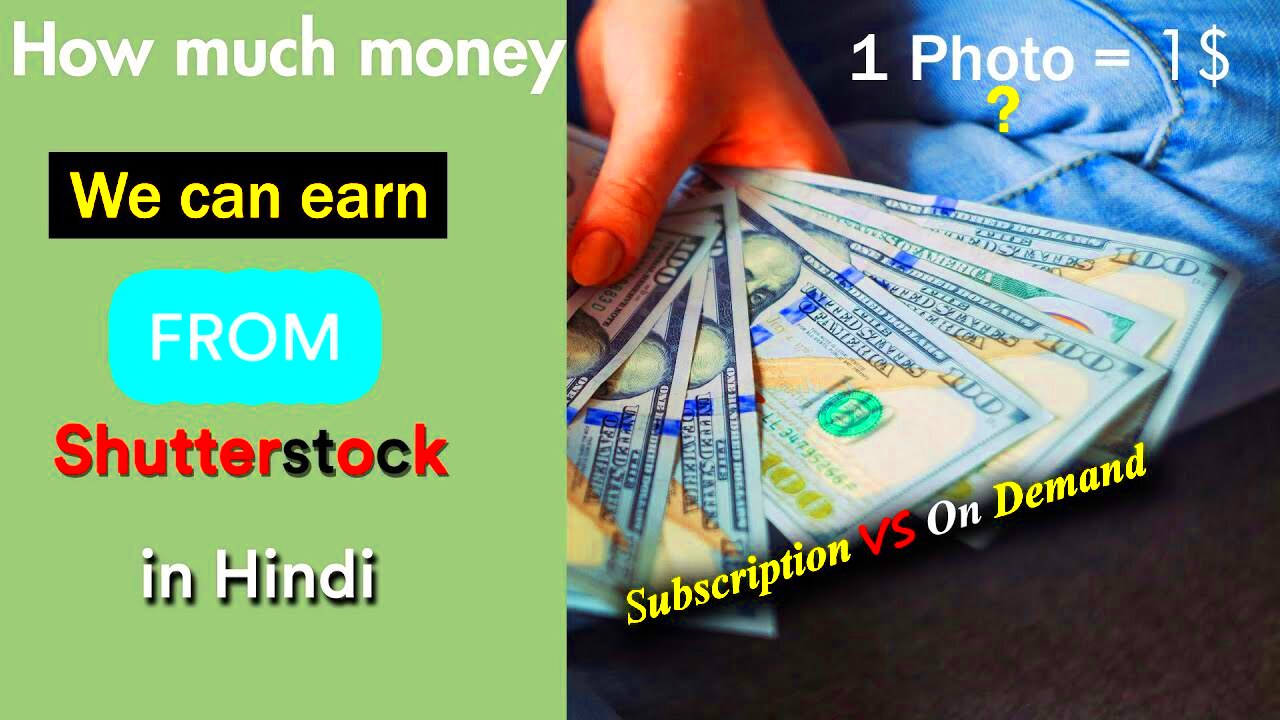Shutterstock Editorial Use refers to the specific way images are licensed for newsworthy content. This type of use allows publishers to illustrate articles, blogs, and social media posts about current events, trends, or cultural topics. It is important for contributors to understand what editorial use means, as it has different rules and opportunities compared to commercial use.
Images used in an editorial context must capture moments or scenes that inform or educate the audience. They typically feature real-life events, public figures, or notable locations. Here are a few key points about Shutterstock Editorial Use:
- Images must be relevant to news or editorial content.
- Contributors cannot use these images for promotional or commercial purposes.
- Editorial images often require a model release if recognizable people are featured.
How Editorial Use Differs from Commercial Use

Understanding the difference between editorial and commercial use is crucial for photographers and illustrators. While both types allow you to sell images, they have distinct guidelines and applications. Here’s a breakdown:
| Feature | Editorial Use | Commercial Use |
|---|---|---|
| Purpose | Inform, educate, or report news | Promote or sell products and services |
| Image Requirements | Must depict real events or people | Can be conceptual or staged images |
| Model Release | May require release for recognizable individuals | Always requires model release for identifiable people |
| Market | News outlets, blogs, magazines | Advertising, marketing materials |
Also Read This: What Are the Best Free Tools for Downloading Twitter Images Without Hassle?
Factors That Affect Earnings on Editorial Use

Earnings from Shutterstock Editorial Use can vary significantly based on several factors. Understanding these can help you optimize your content for better returns. Here are some key elements that influence your earnings:
- Quality of Images: High-quality, well-composed images are more likely to be chosen by buyers.
- Relevance: Images that reflect current events or trending topics can lead to higher demand.
- Keywording: Properly tagging your images with relevant keywords makes it easier for buyers to find them.
- Volume of Sales: The more images you upload that fit editorial use, the greater your chances of earning more.
- Licensing Model: Understanding how Shutterstock’s licensing model works will help you set the right expectations for your earnings.
By focusing on these factors, you can better position yourself to earn from Shutterstock’s editorial opportunities.
Also Read This: Paramount Plus Review Is It Worth It YouTube
Types of Images that Work Well for Editorial Use

When it comes to Shutterstock Editorial Use, not just any image will do. Certain types of images are more appealing to buyers looking to illustrate news stories, blog posts, or social media content. Understanding which images work best can help you focus your photography efforts and improve your chances of sales.
Here are some types of images that tend to do well in editorial use:
- Event Coverage: Photos from events like protests, sports, concerts, and festivals capture moments in time that are often in demand.
- Public Figures: Images of celebrities, politicians, or influential personalities, especially in action or during public appearances, are highly sought after.
- Daily Life: Candid shots of everyday situations, cultural practices, or unique lifestyles provide context and storytelling.
- Trending Topics: Images that reflect current trends, such as fashion, technology, or social movements, can attract more attention.
- Geographical Locations: Pictures showcasing landmarks, landscapes, or local events can be used to highlight news stories related to those areas.
By focusing on these types of images, you can better cater to the needs of those seeking editorial content.
Also Read This: Payment Method Options for Alamy Contributors: How to Receive Your Earnings
Pricing Structure for Shutterstock Editorial Images

Understanding how Shutterstock prices editorial images can help you gauge potential earnings and make informed decisions about your submissions. Shutterstock uses a licensing model that varies depending on the type of use, and editorial images usually have specific pricing structures.
Here’s a general overview of how the pricing works:
| Image Size | Price Range | Usage Rights |
|---|---|---|
| Small (up to 500px) | $49 - $69 | Basic editorial use |
| Medium (up to 1000px) | $99 - $199 | Editorial use with higher visibility |
| Large (over 1000px) | $199 - $499+ | Editorial use for prominent placements |
Prices may vary based on factors such as exclusivity, the demand for the image, and whether it includes a model release. Always keep an eye on trends and adapt your portfolio accordingly to maximize your earnings.
Also Read This: How to Stop Shutterstock Ads on YouTube for a Better Viewing Experience
Tips to Maximize Your Earnings from Editorial Use
If you're looking to boost your earnings from Shutterstock Editorial Use, there are several strategies you can employ. By optimizing your approach, you can increase your visibility and attract more buyers. Here are some helpful tips:
- Stay Updated on Trends: Follow news and social media to catch emerging stories that need visual support.
- Be Proactive: Attend events and take candid shots, as being in the right place at the right time can lead to great content.
- Enhance Your SEO: Use relevant keywords and descriptions to make your images easier to find.
- Diversify Your Portfolio: Submit a variety of images to cater to different niches and audiences.
- Network with Other Creators: Join photography communities and collaborate with other contributors to expand your reach.
By implementing these tips, you can significantly enhance your chances of success in the editorial space and enjoy a more profitable experience on Shutterstock.
Also Read This: Exploring the Volume of Video Uploads to YouTube Each Minute
Common Mistakes to Avoid in Editorial Photography
When diving into editorial photography, it’s easy to make mistakes that could hurt your chances of success. Being aware of these pitfalls can help you create better images that resonate with buyers. Let's explore some common mistakes that photographers often make in this niche.
Here are a few errors to watch out for:
- Lack of Context: Failing to provide enough background or context in your images can make them less appealing. Always aim to tell a story through your photos.
- Ignoring Releases: Not obtaining model or property releases when required can lead to legal issues and prevent your images from being sold.
- Poor Quality: Submitting low-quality images can severely limit your sales potential. Always ensure your photos are sharp, well-composed, and properly edited.
- Neglecting Keywords: Not optimizing your images with relevant keywords makes them hard to find. Spend time crafting effective keywords and descriptions.
- Chasing Trends: While it’s good to be aware of trends, solely focusing on them can lead to oversaturation. Try to balance trendy topics with your unique style.
By avoiding these mistakes, you can improve your editorial photography and increase your chances of making sales on platforms like Shutterstock.
Also Read This: How Much Does Adobe Stock Pay for Photos? Insight into Compensation Rates
FAQ
If you're new to Shutterstock editorial use or have questions about earning potential, here are some frequently asked questions that can help clarify your doubts:
- What is the difference between editorial and commercial use? Editorial use involves images that inform or educate, while commercial use is focused on promoting products or services.
- Do I need a model release for editorial images? Yes, if recognizable people are featured in your images, you'll need to obtain a model release.
- How much can I earn from editorial images? Earnings can vary widely based on factors like image quality, relevance, and licensing type. Prices generally range from $49 to over $499 depending on the image size and usage rights.
- Can I use the same image for both editorial and commercial purposes? No, each type has distinct licensing agreements. You must choose the appropriate one based on your intended use.
- What types of images sell best in the editorial category? Images capturing current events, public figures, and cultural topics tend to perform well in editorial use.
Conclusion
Shutterstock Editorial Use presents a unique opportunity for photographers to earn by sharing their work in a meaningful way. By understanding the specifics of editorial photography, you can create compelling images that resonate with audiences and publishers alike. Remember to avoid common pitfalls, stay updated on trends, and optimize your portfolio with relevant keywords.
With the right approach, you can maximize your earnings and build a successful career in editorial photography. Keep experimenting, learning, and adapting your strategies, and you'll be well on your way to achieving your goals in this dynamic field.
